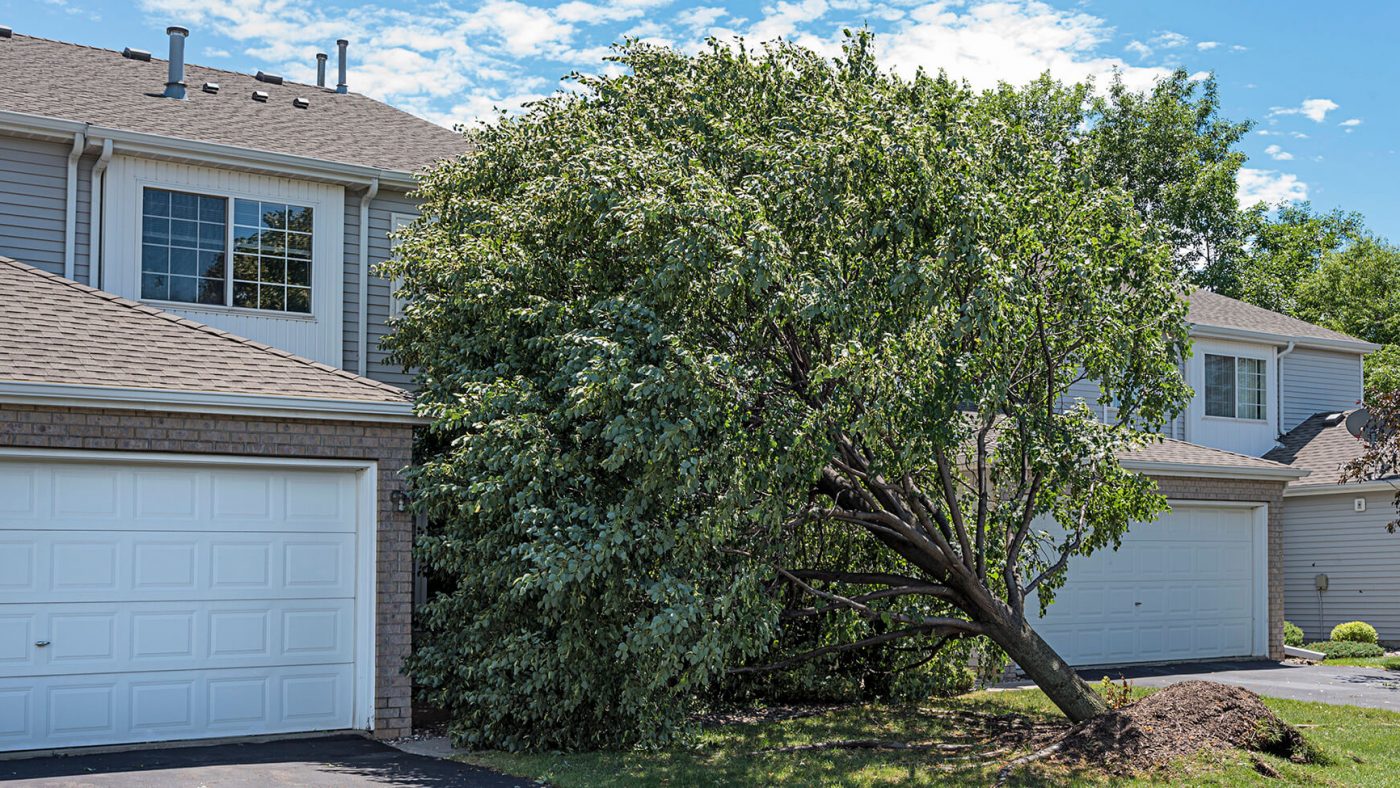Insurance claims will be common in the state of Florida in the coming weeks and the job of repair and reconstruction will begin. The Florida Existing Building Code (FEBC) and the Florida Building Code, Residential (FRC) have some nuances when it comes to reroofing. If you are involved in the forensics of roofing claims, or reconstruction and rebuilding in the state of Florida, these are codes you need to know as they impact the cost and the timeframe to repair:
Re-nail the Roof Sheathing (Decking)
When re-roofing is required for single-family homes, the existing (exposed) roof decking must have a certain amount of nails to the roof framing. Otherwise, additional fasteners are required (see FEBC 708.7.1 and FRC R907.7). Florida has a special inspection for this prior to the roofer being allowed to cover the exposed roof decking. If the home was permitted post March 1, 2002 (i.e. after the first FRC) this is not required.
Special Underlayment for Shingle Roofs
For single-family homes with roof slopes 2:12 and above, the contractor must use one of these options for underlayment (see FEBC 708.7.2 and FRC R907.2):
- Use of 4-inch wide mod-bit (window) tape over the joints between the wood panel sheathing or wood plank decking and cover all this with your normal 15# felt underlayment or as required by roof covering manufacture.
- In-lieu-of taping of joints, use a 30# felt underlayment with close fastener spacing per FEBC or FRC
- In-lieu of a or b, use a self-adhered (peel-n-stick) underlayment over the entire roof (note this option is not permitted in Dade and Broward)
Add Hurricane Ties to the Roof Framing
If a single-family home is insured or worth $300K or more, hurricane ties must be added to certain roof framing (see FEBC 708.8 and FRC R907.8). This can be a major effort and expense. However, the code limits this required betterment to 15% of the total cost of the roof recovering. If the home was permitted post March 1, 2002 (i.e. after the first FRC) this is not required.
25% Rule
For both residential and commercial structures, if more than 25% of the roof covering is required to be replaced in any given roof section, the entire roof covering in that section is to be replaced. The specific code language with some noted exceptions (see FEBC 708.1.1): “Not more than 25% of the total roof area or roof section of any existing building or structure shall be repaired, replaced or recovered in any 12 month period unless the entire roofing system or roof section conforms to requirements of this code.” (see FEBC 708.1.1)
The first important point is that this rule applies to separate “roof sections”. The roof section according to the Florida Existing Building Code is described as: “A separating or division of a roof area by existing expansion joints, parapet walls, flashing (excluding valley), difference of elevation (excluding hips and ridges), roof type or legal description; not including the roof area required for a proper tie-off with an existing system.” (see FEBC 202 Definitions)
The second important point is that Florida jurisdictions have clarified their interpretation of this rule in that if the existing roof was permitted after March 1, 2002, the roof is “deemed to comply” with current code and thus the 25% rule does not apply (refer to example Jacksonville Building Inspections Division Bulletin G-13-08).
To learn more about VERTEX’s Forensic Engineering services or to speak with an Engineering Expert, call 888.298.5162 or submit an inquiry.



